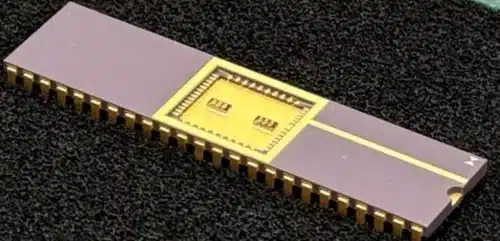TDK Corp. has created a spin-memristor for neuromorphic computing, which could reduce AI power consumption by up to 99%, addressing energy demands mismatched with human-like decision-making.

Spin-memristor developed by TDK Corp. is inspired by the brain’s efficient processing, replicating its low power use while handling complex tasks. Developed with the Alternative Energies and Atomic Energy Commission (CEA), this technology promises lower power draw, enhanced stability, and long-term data retention. Unlike conventional digital processors, which rely on binary data storage, this latest innovation can process data in analog, allowing for more nuanced, power-efficient computations. This advancement appeals to industries focused on AI at the edge, from consumer electronics to autonomous systems, where energy efficiency is critical for portable and low-power applications.
Existing neuromorphic devices encounter issues like data retention and control, problems which the new spin-memristor aims to solve. The device’s reliance on spintronics—leveraging electron spin—enables this efficient functionality, as well as reduced environmental impact. “The human brain is an amazingly energy-efficient device,” noted a National Institute of Standards and Technology (NIST) blog, which underscores the potential for “faster, more energy-efficient devices.”
Tomoyuki Sasaki, senior manager, TDK explained, “General memory stores a digital signal—a 0 or 1. A spin-memristor, in comparison, can store analog signals from zero up to 200 steps,” which he likened to magneto resistive random-access memory (MRAM). Through innovative magnetic domains, it changes conductance in response to an applied current, creating a proportional relationship that enhances computational efficiency.
A demonstration conducted on a standard PC confirmed the spin-memristor’s potential. The device successfully separated mixed sounds in real time, including music, speech, and noise, adapting dynamically without pre-trained data. Sasaki highlighted this as a breakthrough for AI circuits, noting, “Spin-memristors simply update the mixing ratio in real time,” offering a simpler alternative to traditional memristors that often face response and drift issues.
The innovators now plan to advance this spin-memristor technology through a collaboration with Tohoku University’s Center for Innovative Integrated Electronic Systems. Building on MRAM technology and prototype achievements, they aim to bring this innovation to market by 2030.






